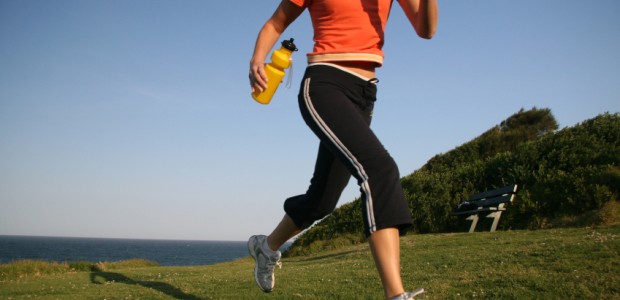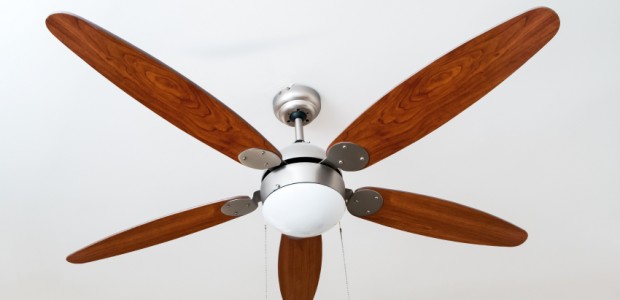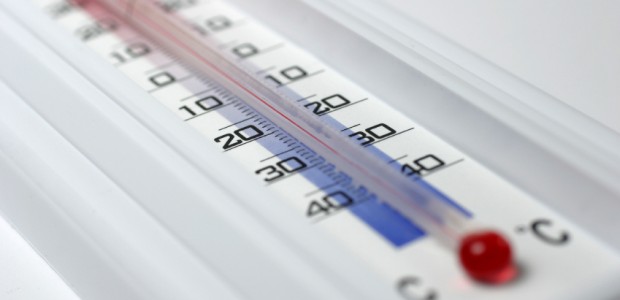Winter weather means comfort food, sweaters, holidays, family time and boots. That also means we get comfortable with all the big, baggy clothes. Don’t get comfortable, get fit! Here are three tips to green your exercise routine.
Get Rid of Cotton
Cotton is a common fabric but it isn’t the most eco-friendly material. Did you know that it takes on average 400 gallons of water to grow the cotton required to make one t-shirt? Imagine how much water it takes for a sheet set. However many designers for home and fashion have started using bamboo. Bamboo is a great material for work-out clothes because it’s softer and wicks moisture and harmful bacterial away from the skin and it’s better for the earth!
Exercise Outside
While gyms are super convenient to work out, they are super hard on the environment. Many of the exercise machines stay plugged in all night, whether or not their being used. Talk about a phantom load! That also doesn’t include televisions and lights that are used every hour inside. Our advice? GO OUTSIDE! Ride your bike, go for a run, clean up your yard and more. It’s more eco-friendly and some studies show that spending time outside will help naturally boost your spirit.
Water Bottles
We all know that one-time use plastic water bottles are bad for the environment. It’s time to commit to using a refillable water bottle for your workout routine. By using a refillable bottle means less waste in landfills and more money in your wallet!
Recycle Your Sneakers
Bought a new pair of sneakers because your old ones are starting to have holes in the soles? Instead of just tossing them to the curb, give your shoes a new purpose with Nike’s Reuse-A-Shoe program. Old shoes are used to build tracks, basketball and tennis courts!



